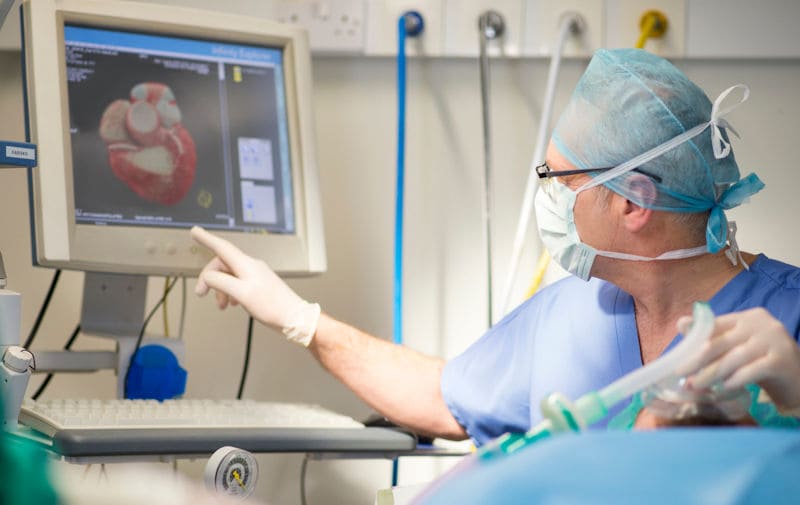
07 OCT 2021
DSM Biomedical and Chemelot InSciTe research consortium start 'first-in-human' clinical trial for novel scoliosis treatment
DSM Biomedical, the world’s unrivaled biomaterials expert and committed partner in driving sustainable innovation in healthcare, reports an important milestone in its partnership with a consortium of physicians and researchers from Maastricht UMC+ and Eindhoven University of Technology to reduce the severe complications scoliosis patients routinely suffer from corrective surgery.
One-third of adults with degenerative scoliosis – a sideways curvature of the spine – face returning to the operating table repeatedly after traditional surgical treatments. Such re-operations are not only stressful for the patient but also put a great strain on clinical care resources. The Chemelot InSciTe research consortium members DSM Biomedical, Maastricht UMC+ and the Eindhoven University of Technology have now started the world’s first-in-human clinical trial of a radically different and proprietary treatment that reduces the need for drilling and fixing screws into the patients’ bones.
The PoSTuRE (Patient Specific Scoliosis Treatment) project, developed by the consortium, uses DSM Biomedical’s Dyneema Purity® - the world’s strongest medical grade fiber – in a cable knotted around the vertebra that does not require drilling, while also improving the distribution of forces in the patient’s spine. Together with new specially designed supporting surgical tools, the treatment will be trialed at Maastricht UMC+ and is projected to significantly reduce the number of necessary re-operations and dramatically improve the quality of life for patients.
Emiel Staring, Managing Director Chemelot InSciTe commented: “We are very proud to see that our unconventional biomedical collaborative innovation model has paid off and that we have been able to create a fast track to the clinic and to have paved the path from bench to bedside, also for future biomedical innovations to follow.”
Koen Janssen, Vice President Innovation/R&D and Sustainability at DSM Biomedical added: “The multi-year commitment to the consortium in general and PoSTuRE in particular is evidence that DSM Biomedical is committed to solving our world’s healthcare needs through sustainable science. We believe that our unique radiopaque Dyneema Purity® UHMWPE cable in combination with the other tools and surgical technique that we developed together in this project will have a major clinical and healthcare economic benefits in the treatment of degenerative scoliosis, which will ultimately benefit patients across the globe.”
Bert Rietbergen, Associate Professor in the Orthopedic Biomechanics group at Eindhoven University of Technology also mentioned: “For us, this project was the ultimate practical example of successful collaboration by public and private parties. In this consortium, we have developed an innovative computer model that allows us to model the spine of each individual patient. This makes it possible to simulate a planned surgical correction in a predictive computer model so that patients can be helped optimally.”
Scoliosis and advantages of the new PoSTuRE technique
Deformities of the spine in adults are currently corrected by fixing the spine with rods, screws, and hooks, but this type of rigid fixation surgery is not yet optimal and, in many cases, can lead to complications such as screw pull-out and fracture of vertebrae. This is especially prevalent in patients with weaker bones as a result of osteoporosis.
The PoSTuRE project’s technique involves a sublaminar cable made from DSM Biomedical’s Dyneema Purity®, which has more than 15 years of proven track record success in other clinical applications. The Dyneema Purity® cable is knotted around the vertebra instead of requiring conventional screws. The unique UHMWPE radiopaque fibers provide clear and accurate reference points under x-ray over multiple years, enabling surgeons to follow patients easily.
To help the surgeon fix the cable properly, the consortium has also developed two supporting devices - a leader (blunt guiding needle) to guide the cable underneath the vertebral arch for fixation, and a 'tensioner' to tighten the cable. The consortium has protected the cable and tooling through patent applications.
The clinical study will follow 14 patients over 50 years of age under the care of Dr. Paul Willems, Orthopedic Surgeon and professor of Integrated Spinal Care at Maastricht UMC+, who is also the leader of the PoSTuRE project. The study will take five years with the results published in due time.

